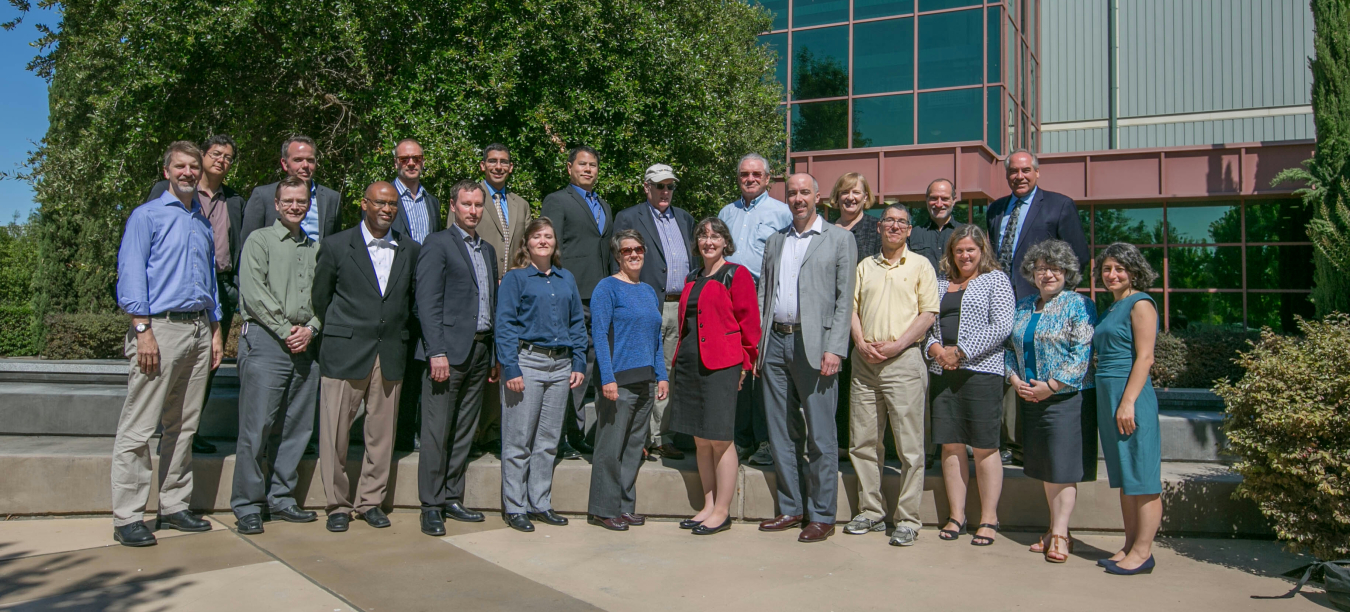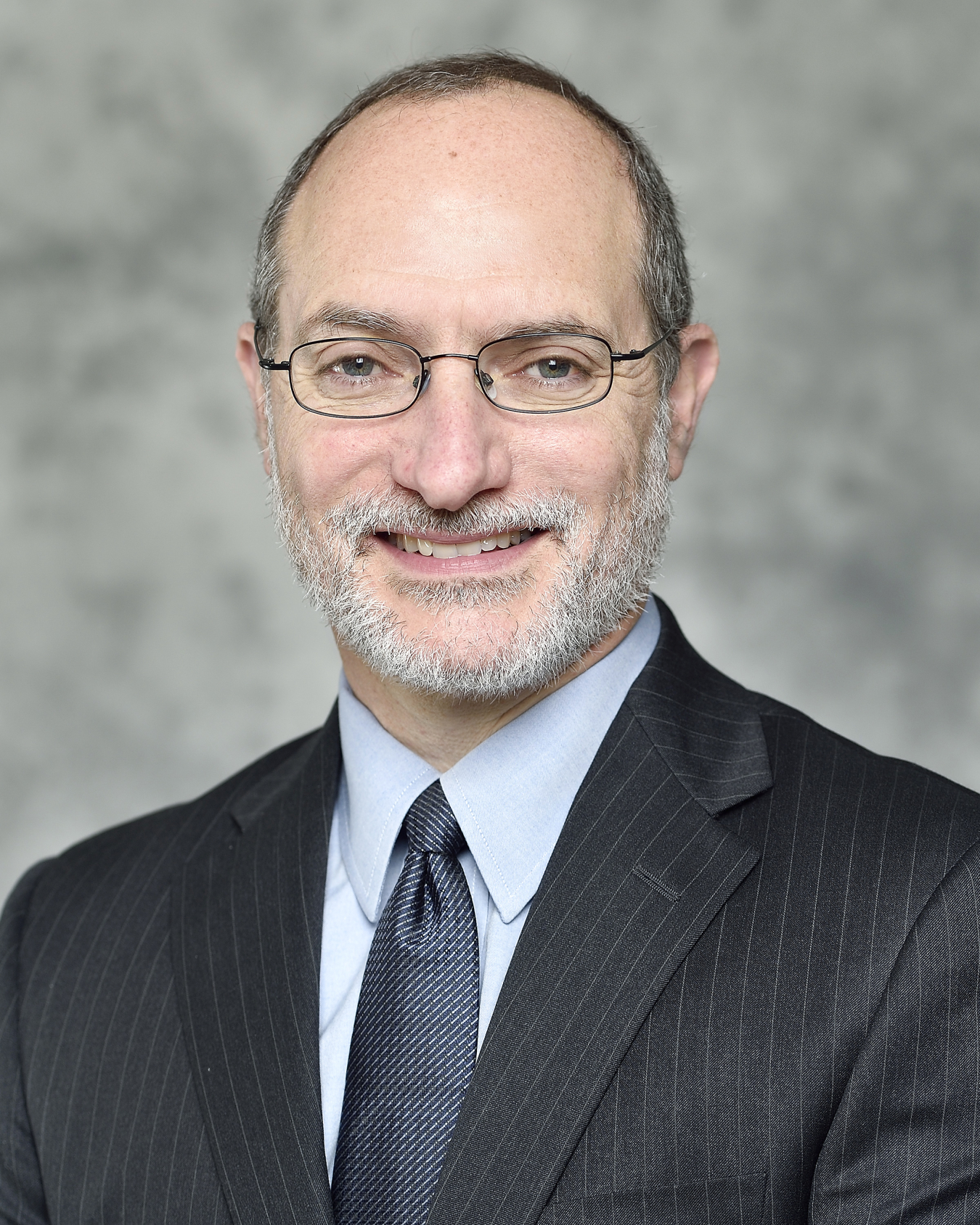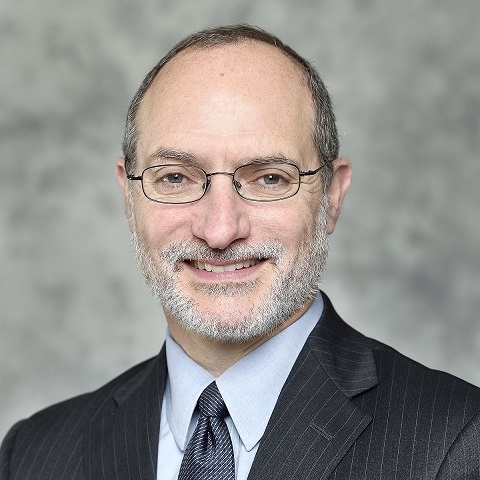The Department of Energy recently launched the inaugural Energy Sciences Leadership Group (ESLG) to develop the next generation of leaders who will tackle our current and emerging scientific and energy challenges.
October 25, 2016
The Department of Energy recently launched the inaugural Energy Sciences Leadership Group (ESLG) to develop the next generation of leaders who will tackle our current and emerging scientific and energy challenges. This new one year program is modeled on the Defense Sciences Study Group established 30 years ago. Using the National Laboratory system as the foundation, this program brings participants together to explore the wider ecosystem in which scientific and energy policy is made, innovation happens, and collaboration between academia, government and industry occurs.
The first workshop took place in June in the San Francisco Bay Area and included visits and conversations with leaders at Lawrence Berkeley National Laboratory, Lawrence Livermore, and SLAC as well as Google X, Google, and Nvidia. The second workshop was here in Washington, DC and included meetings with Senior Leadership at DOE, the White House, members of Congress, and with leaders at the Pentagon, NASA, the National Cancer Institute, Department of Transportation, the Overseas Private Investment Corporation, and DC Water.
The inaugural cohort of 14 leaders were nominated by National Laboratory Directors then competitively selected by a Senior Advisory Committee consisting of former National Laboratory Directors. The core of the ESLG experience consists of a series of workshops at National Laboratories (and other associated points of interest) throughout the country and Washington, DC over the course of a year.
The function of these visits is multifaceted. First, they are intended to provide a rich understanding of the diverse science, engineering and analysis that takes place throughout the National Laboratory system. Second, the site visits are an opportunity for participants to meet and engage with a broader community of researchers and leaders whose work is a strong complement to the activities undertaken by the National Laboratories. The program consists of meetings with senior leaders, interactive discussions, conversations and tours with industry, academia, non-governmental organizations, and public sector entities, to help convey the scale, complexity, and interconnected nature of the current energy and scientific challenges. Third, spaced throughout the span of a year, the site visits offer a crucial opportunity for the cohort to come together as a group—including with mentors—to collaboratively develop self-assigned White Papers or “think pieces” that they develop aimed at tackling major scientific, policy or other challenges within DOE mission areas.
A mentor group with deep expertise in energy-related fields and diverse scientific disciplines will provide support and guidance to the cohort as they develop their “think pieces.”
Over the course of this year, the ESLG’s first cohort will gain exposure to the diverse science, engineering and analysis that takes place throughout the National Laboratory system; develop leadership skills; develop a systems-level understanding of the nation’s energy system; meet distinguished leaders from diverse parts of government, the National Laboratories, academia, industry, and non-governmental organizations; and gain first-hand exposure to Federal policymaking and the energy regulatory and policy framework. The year will culminate at the Big Ideas Summit in March 2017 where participants will present their team “think pieces.” We are currently selecting the second ESLG cohort who will begin their year at the Big Ideas Summit in March 2017.
Congratulations to the members of the inaugural cohort for their outstanding achievements thus far. We look forward to the many contributions they will undoubtedly make this year and throughout their careers.
The selected participants for the inaugural 2016-2017 ESLG cohort are:
- Charles Black, Brookhaven National Laboratory
- Johney Green, Jr., National Renewable Energy Laboratory (previously at Oak Ridge National Laboratory)
- Nancy M. Haegel, National Renewable Energy Laboratory
- Michael A. Jaworski, Princeton Plasma Physics Laboratory
- Amy Marschilok, Energy Frontier Research Center (EFRC), Stony Brook University
- Robert J. McQueeney, Iowa State University/Ames Laboratory
- Lia Merminga, SLAC National Accelerator Laboratory
- Timothy I. Meyer, Fermi National Accelerator Laboratory
- Trent R. Northen, Lawrence Berkeley National Laboratory
- Daniel T. Schwartz, University of Washington
- Daniel B. Sinars, Sandia National Laboratories
- Dawn M. Wellman, Pacific Northwest National Laboratory
- Mike Willardson, SLAC National Accelerator Laboratory
- Howard Y. Yuh, Nova Photonics/Princeton Plasma Physics Laboratory
Additional information about these cohort participants is available here.
Adam Cohen

Dr. Adam Cohen, Former Deputy Under Secretary for Science and Energy at the U.S. Department of Energy
Dr. Adam Cohen served as the Deputy Under Secretary for Science and Energy at the U.S. Department of Energy (DOE) from October 2015 through May 2017. In the role, he oversaw the day-to-day operations of the Office of the Under Secretary for Science and Energy (US/S&E). The office was created by Secretary of Energy Ernest Moniz to closely integrate DOE’s basic science, applied research, technology development, and deployment efforts. As Deputy Under Secretary, he supports DOE’s offices of Electricity Delivery and Energy Reliability, Energy Efficiency and Renewable Energy, Fossil Energy, Indian Energy Policy and Programs, Nuclear Energy, Science, and Technology Transitions. In total, these programs steward the majority of DOE’s National Laboratories (13 of 17).
Dr. Cohen has more than 30 years of experience in management of research and development, strategic planning and operations at Princeton (PPPL), Argonne National Laboratory (ANL), and the Department of Energy. As Deputy Director for Operations at PPPL, he was responsible for both the engineering and operations function at PPPL, including design efforts, project management, human resources, financial activities, outreach, ES&H and applied research activities. He also served on the NJ DEP Oyster Creek Oversight Panel and on the Department of Energy’s Laboratory Operations Board. Previously, he served as senior advisor to the DOE Under Secretary for Science for nuclear energy programs, and at Argonne as Chief Operations Officer, as the head of environment, safety and health, as a nuclear facility manager, and as a researcher/principal investigator on nuclear fuels and materials. Earlier in his career, he spent four years in the U.S. Navy as a submarine officer, and he worked at Babcock & Wilcox manufacturing nuclear fuel for research reactors.
Dr. Cohen earned his Bachelor’s in Engineering from Columbia University, his M.B.A. from the University of Chicago, and his Ph. D. in Materials Science from Northwestern University.


